Piano Solo - Level 4 - Digital Download
SKU: A0.958429
Composed by Joseph Dillon Ford. 20th Century,Contemporary. Score. 25 pages. David Warin Solomons2 #3685767. Published by David Warin Solomons2 (A0.958429).
The Piano Sonata in F Major is a composition in neoclassical style which openly acknowledges its kinship to comparable works in the Viennese tradition of Haydn, Mozart, Beethoven, and Schubert. The first, second, and last movements of the Sonata in F were composed in 1995, but the "Adagio molto espressivo" was not added until 1998 as plans were being made for publication and it was felt that a contrasting slow movement was needed between the scherzo and finale.
The sole purpose of this sonata is to evoke the musical world of the eighteenth and early nineteenth centuries as vividly as possible, in much the same way that good historical novels, plays, or motion pictures attempt to revisit the past with both authenticity and imagination. It is one of a growing number of works, including several previous keyboard sonatas and a piano concerto, that Dillon Ford composed with a view towards fostering a renaissance in music of the kind that renewed the art, architecture, and literature of Europe in the fifteenth and sixteenth centuries.
The Movements are:
1. Adagio/Allegro spiritoso
The opening "Allegro spiritoso" is preceded by an extended "Adagio" introduction in three-four time which begins in c minor and modulates to the dominant seventh of F major. This prefatory statement is gravely declamatory in tone, but gradually yields to gentle arpeggiated harmonies that set the stage for the entry of the principal theme in common time. This opening theme is cheerful in character, and after a moment of quiet reflection becomes increasingly animated as it approaches a cadence on the dominant of F which establishes a foothold for the new theme in C major. This second theme, animated by rapid scalar and arpeggiated figuration, is harmonically more variable than the first, and leads swiftly to a closing section in which two voices sing in close counterpoint over an animated C pedal tone. The exposition--but not the slow introduction, is then repeated.
The development section, too, opens contrapuntally, but with a decided turn towards the minor mode and a conspicuous use of dissonant minor seconds. The dotted rhythmic "military" motif from the final cadence of the exposition is emphatically reiterated before the second theme is taken up again in a new harmonic guise and extended with syncopated contrapuntal material. This merges seamlessly with a series of descending scalar triplets in thirds which lead to a cadence on the dominant seventh of F major. The recapitulation is approximately the same length as the exposition and development, preserving a close proportional harmony between these sections. It pursues much the same course as the exposition, although with subtle differences in ornamentation and figuration. The second and third themes recur in F major, thus stabilizing the principal tonal center and allowing for repetition of the entire development and recapitulation.
2. Allegro scherzando
The "Allegro scherzando" is also a sonata-allegro movement, though its development section masquerades as a trio. The exposition opens with a lilting theme in B-flat major which becomes increasingly animated. Over an Alberti bass a hardy second theme soon appears, intermittently interrupted by forte octaves on the lowered second degree of the dominant key of F major. The closing theme, with colorful horn fifths, retains the dominant tonality over a rocking tonic pedal before melodic octaves lead back smoothly to the beginning of the exposition.
3. Adagio molto espressivo/Prestissimo
The "Adagio molto espressivo" begins with a plaintive theme in d minor which descends a full octave over a simple chordal accompaniment. The gloom is only momentarily dispelled by a new pianissimo theme in A-flat.
This product was created by a member of ArrangeMe, Hal Leonard’s global self-publishing community of independent composers, arrangers, and songwriters. ArrangeMe allows for the publication of unique arrangements of both popular titles and original compositions from a wide variety of voices and backgrounds.
About Digital Downloads
Digital Downloads are downloadable sheet music files that can be viewed directly on your computer, tablet or mobile device. Once you download your digital sheet music, you can view and print it at home, school, or anywhere you want to make music, and you don’t have to be connected to the internet. Just purchase, download and play!
PLEASE NOTE: Your Digital Download will have a watermark at the bottom of each page that will include your name, purchase date and number of copies purchased. You are only authorized to print the number of copies that you have purchased. You may not digitally distribute or print more copies than purchased for use (i.e., you may not print or digitally distribute individual copies to friends or students).
 Instant Download
Instant Download
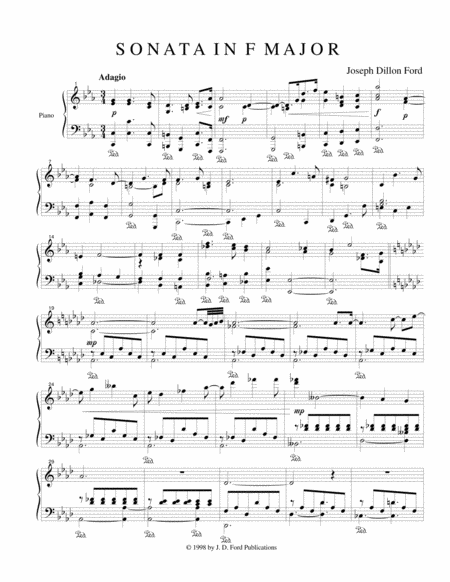
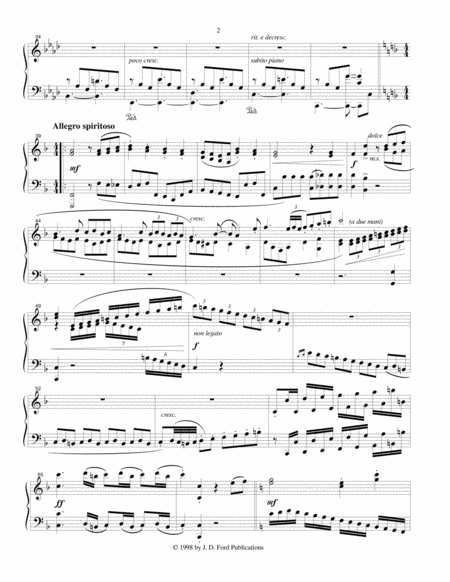
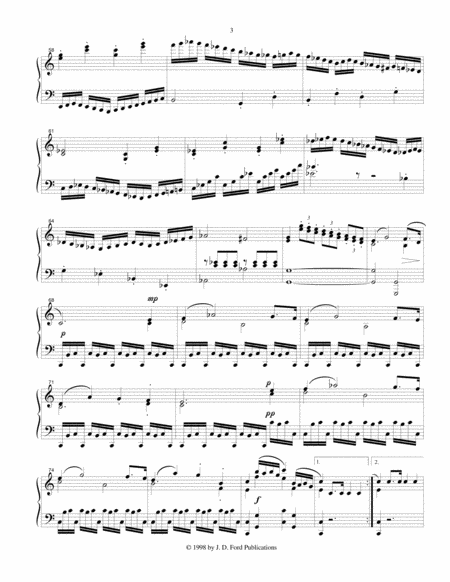
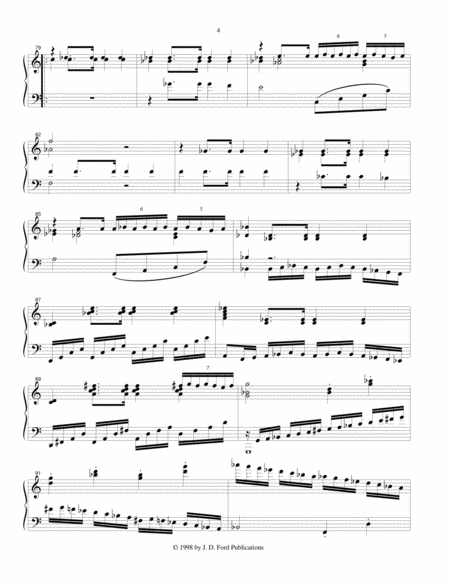
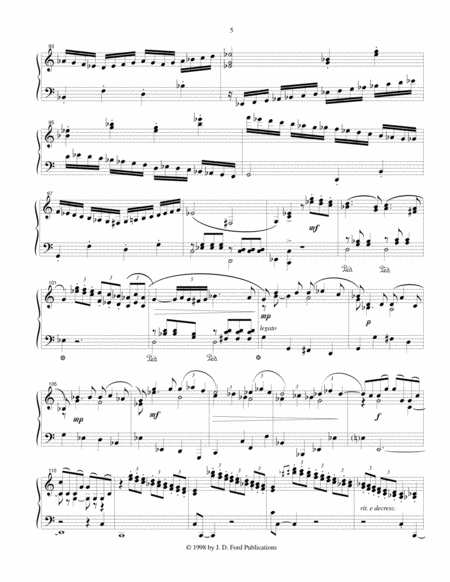
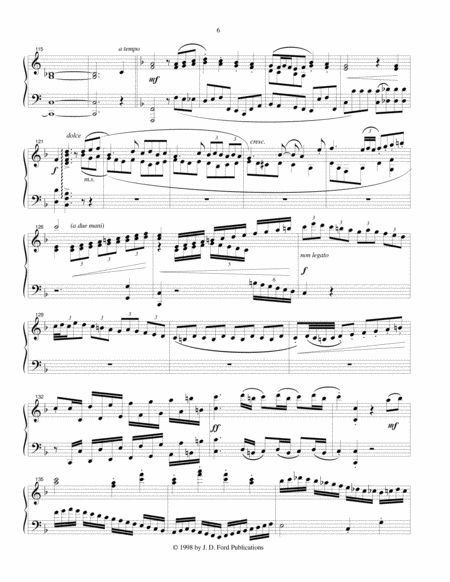
 Share
Share